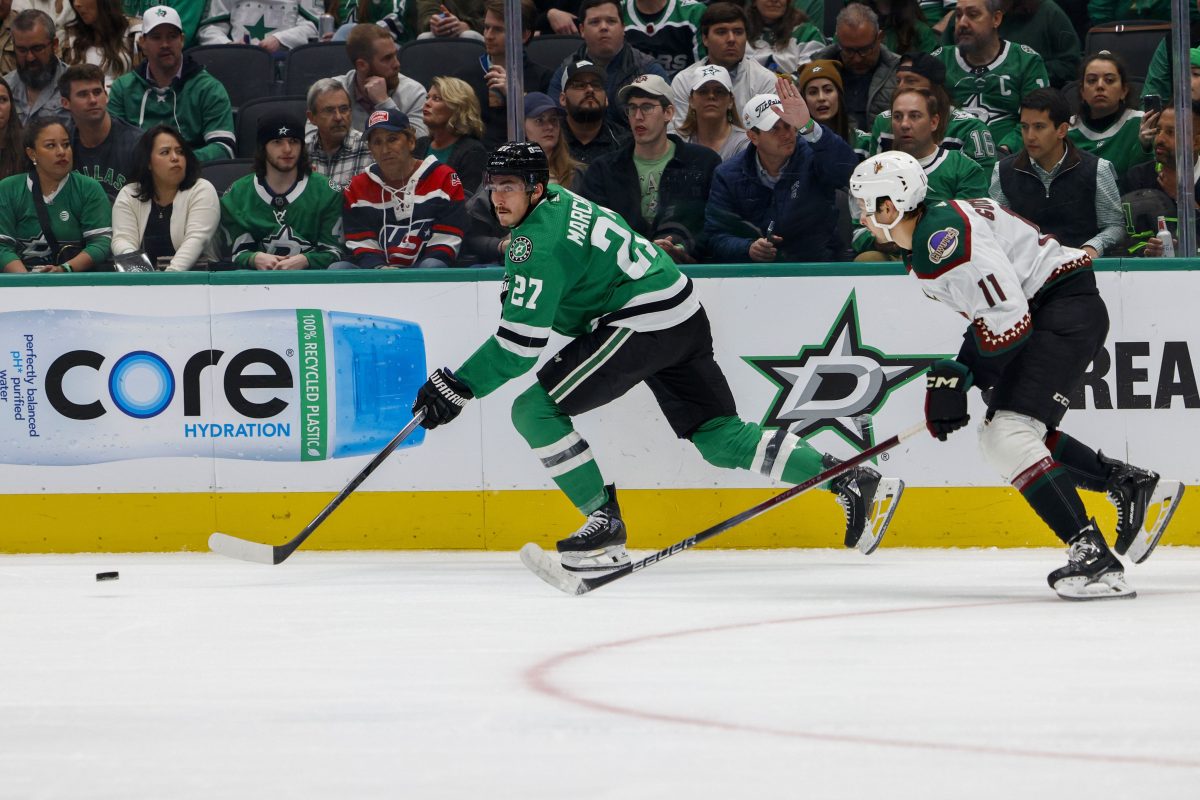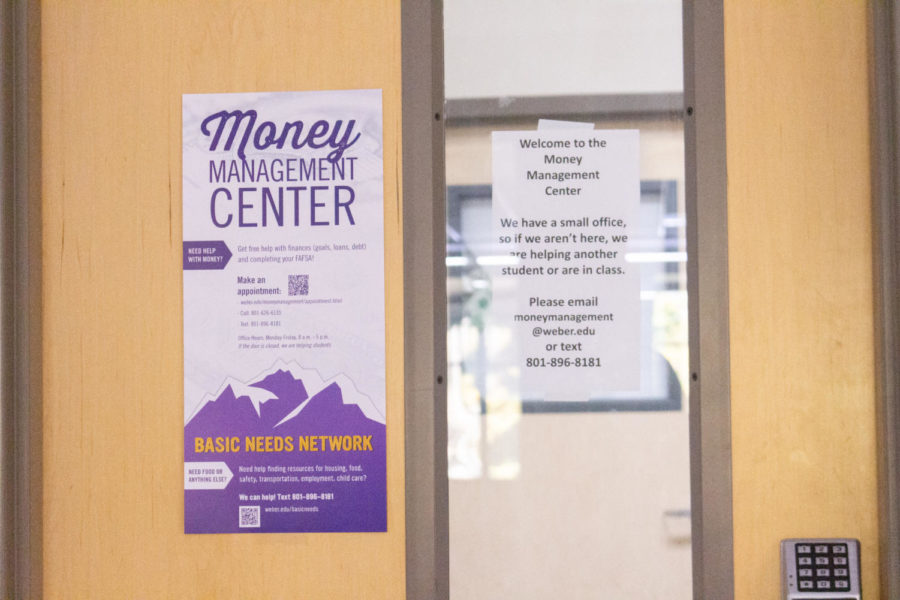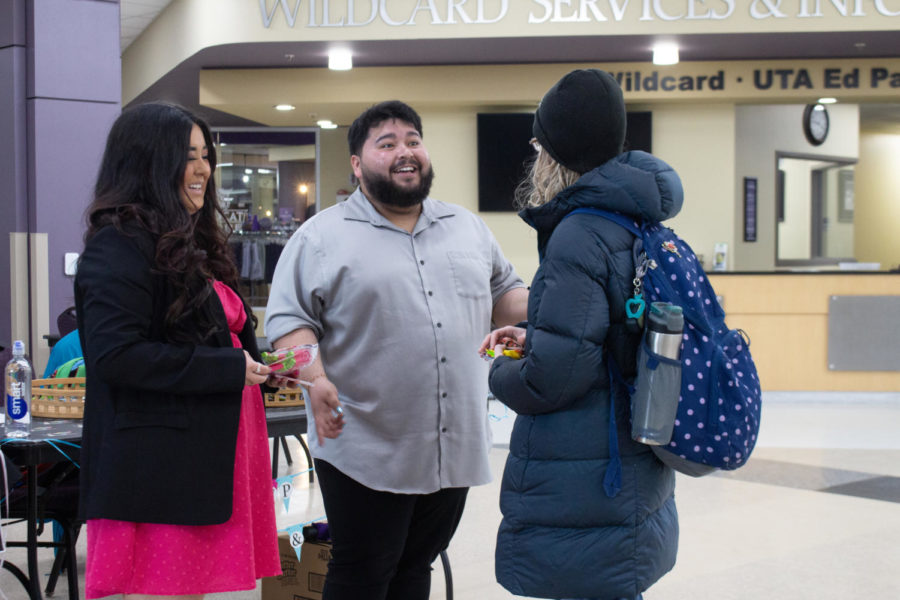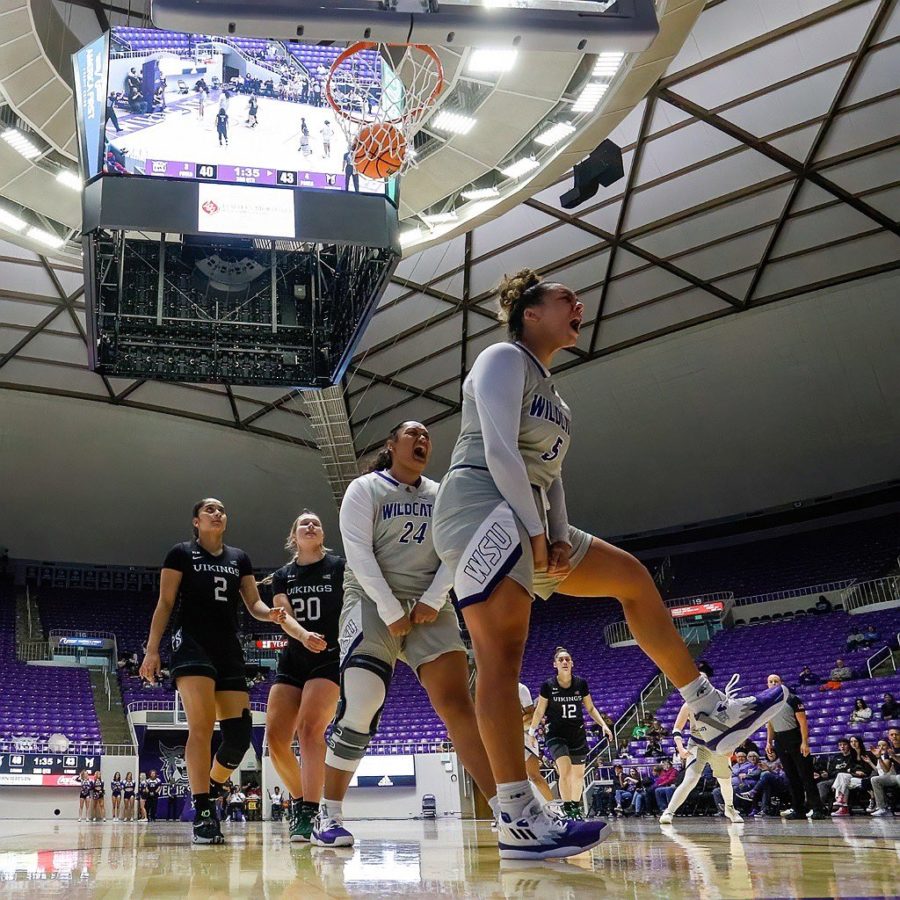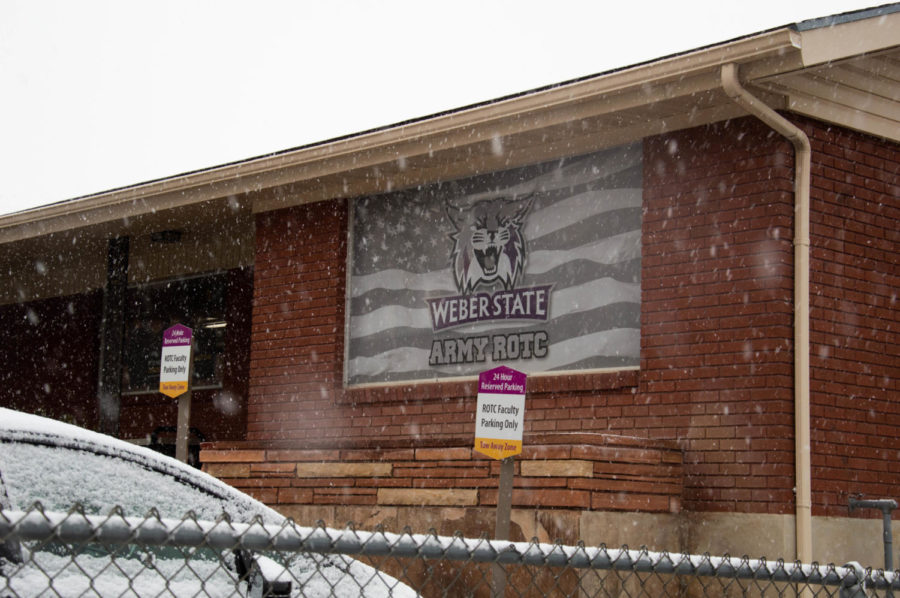Each year, students pay thousands of dollars in tuition and student fees. Each dollar has a purpose, from funding student services like the Health Center to paying for student events.

This year, student fees will have an overall decrease by 12.85%, or about $130.62. This is because of a reorganization of what is covered under student fees versus what is covered by tuition. Nine programs have been moved to be covered by tuition instead of student fees: Children’s School, Creative Writing, Davis Learning Center, Computer Labs, Honors Program, Performing Arts, Undergraduate Research, Vice President of Student Affairs Operations and the Online Delivery Fee.
This reorganization happened based on the guidelines given to the universities by the Utah System of Higher Education about how student fees are used. These guidelines outline three allowed uses for these funds: student-approved facility construction, student-approved facility operation and student activities, programs and services.
It was recommended, after a review of these programs and organizations, to the Board of Trustees by Norm Tarbox, vice president for administrative services, that these funds move to education and general funding, which consists of tuition payments and state funding. This was approved by the board on March 16, and it will officially take effect for the summer 2021 semester.
These changes caused a significant decrease in student fees, and there will be a lower net cost, but there will be an overall increase in the student fee budget for the remaining programs. This 1.5% increase will result in an approximate $238,952 increase in student funds.
Scholarship and compensation account for 48.2% of the increases. These adjustments are made for annual cost of living salary increases and the increase in scholarships based on the increase in tuition and student fees. Just over 18% of the increase will go to building fees.
The other $80,375 will be split between 10 departments: Athletics, Disability Services, Counseling and Psychological Services, Campus Recreation, the Center for Community and Engaged Learning, Model UN, Peer Mentoring, Debate, the Stress Relief Center and the Money Management Center.
The monetary distribution of the remaining funds looks like this:
Athletics will get a $6,000 base funding increase and one-time funds of $17,000.
Disability Services will receive a $20,210 base funding increase and one-time funds of $2,000.
Counseling and Psychological Services will get a $19,165 base funding increase.
Campus Recreation will be allotted a base funding increase of $5,000 and one-time funds of $6,000.
The Center for Community and Engaged Learning will get one-time funds of $10,000.
The Model UN will get one-time funds of $5,000.
Peer Mentoring will get one-time funds of $5,000.
Debate will get one-time funds of $2,500.
The Stress Relief Center will get one-time funds of $1,500.
The Money Management Center will get one-time funds of $1,000.
Overall, student fees at the university comprise a budget of $9,900,988 for the new fiscal year 2022 and will give funding to 34 departments.
The breakdown of the overall student fee budget is as follows:
Athletics receives 24.8% of the budget, or $2,457,580.
Student Involvement and Leadership receives 11.29% of the budget, or $1,118,238.
The Student Health Center receives 8.98% of the budget, or $889,491.
The Shepherd Union receives 12.26% of the budget, or $1,214,844.
Campus Recreation receives 13.17% of the budget, or $1,299,839.
The other 29.5%, or $2,920,791, are split between the other 29 departments. Those breakdowns can be found in the attached document on the online story.
In order to determine the distribution of these funds each year, the Student Fee Recommendation Committee, composed of eight students and two faculty, is created from applicants and determines the budget for each organization.
The students apply at the beginning of spring semester, and they are then interviewed by the Student Body President, who this year was Ben Ferney, the legislative vice president, who this year was Hannah Olsen, and Daniel Kilcrease, executive director of student affairs auxiliaries.
“I’ve always enjoyed working with the SFRC,” Kilcrease said. “For them to make decisions on how their student fees are used is really neat.”
Once those students are selected from the applicants, they have several training sessions to help them understand how student fees are distributed and how to determine which departments may or may not get funded.
“I wanted each student to know that their voice matters, just as I felt my voice had mattered,” Ferney said.
Individual departments who receive student funds reapply each year for funding, whether or not they are asking for an increase in funds. Those who are asking for an increase in funds then present to the SFRC to describe what the funds are needed for.
“We would took it one department at a time to give them each fair consideration,” Ferney said. “We wanted to give funding to all the areas we looked at, of course, but we looked at each area and said ‘we want to lock this in’ and ‘this area will probably be okay without some of that.'”
Students then make a decision for the overall budget and each department, which requires full consensus from the committee, and the proposed budget is then sent on to the Board of Trustees for final approval.
“The way that we allocate student fees at Weber State is really good,” Vice President of Student Affairs Brett Perozzi said. “I just love that students do the allocations. I’m technically the co-chair, but myself, Daniel Kilcrease, who helps with the financial piece, and then Dave Taylor, who does the actual nitty gritty of it in terms of creating the spreadsheets and things like that, over the two days of deliberation, we hardly say anything. We’ll answer questions or if there’s ever any facts that are inaccurate, we’ll correct any facts, but outside of that, the students do everything. It’s a really good feeling and it’s a really great thing to watch.”
While student fees will see an overall decrease in what students are paying, the tuition will be going up for the 2021-22 school year by 2%.
One-point-fourty-nine percent of the increase is required by the Utah Legislature mandates. The other .51% increase will be used for various institutional needs: .25% will go to faculty promotions, .16% will go to fuel and power rate increase and .1% will go to administrative software upgrades.
This increase will look different for graduate and undergraduate students or whether one is a resident or non-resident student. For full-time resident undergraduate, the increase will amount to about $239; for full-time non-resident undergraduate students, the increase will be about $474; for full-time resident graduate students, the increase will be around $263; for full-time non-resident graduate students, the increase will be about $521.
This increase was also voted on and passed by the Board of Trustees on March 16. This change will also be implemented in summer 2021.
The net change in cost of full-time attendance between both student fees and tuition changes is an increase of $108.38 for a resident undergraduate student, an increase of $343.38 for a non-resident undergraduate student, an increase of $132.38 for a resident graduate student and an increase of $390.38.
This article was edited to remove the incorrect fact that student fees pay for faculty wages. Faculty wages cannot be paid for by student fees.






